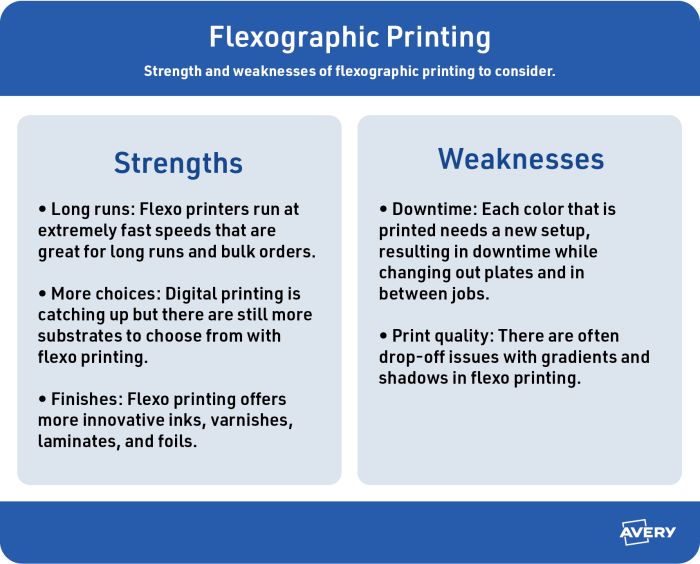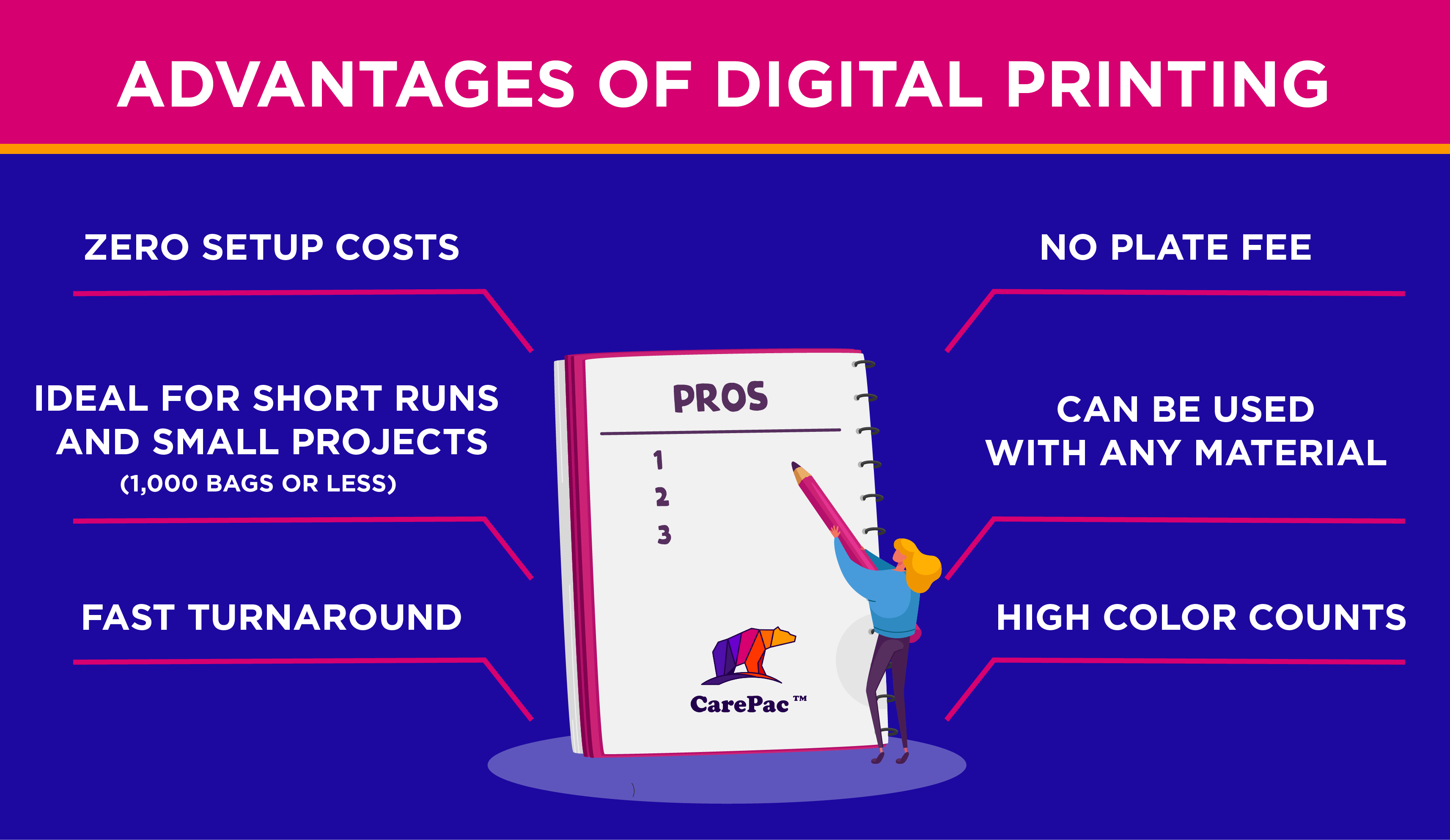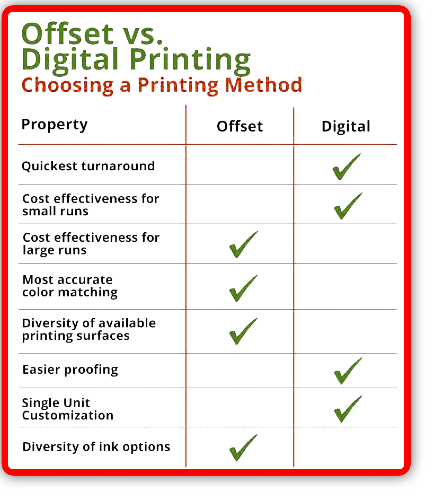Some Known Questions About Digital Printing.
Some Known Questions About Digital Printing.
Blog Article
The smart Trick of Digital Printing That Nobody is Talking About
Table of ContentsDigital Printing Things To Know Before You BuyDigital Printing Can Be Fun For EveryoneSome Ideas on Digital Printing You Need To KnowThe Ultimate Guide To Digital PrintingNot known Facts About Digital PrintingThe 4-Minute Rule for Digital Printing
Variable data printing, such as straight mail with customized codes and addresses, is ideally matched for digital printing. Digital quick printing only needs 4 steps of style, testimonial, printing and binding to obtain whatever done. Digital quick printing has an unparalleled advantage: print on need.According to PMMI, electronic printing allows brands and producers to respond quickly to customer needs while improving the supply chain, lowering warehousing expense and waste, and taking pleasure in faster time to market. That all sounds great, but how does this modern technology do all that? The significant differentiator of these innovations is that there are no set-up charges and no plates with digital printing.
9 Easy Facts About Digital Printing Described
According to Wikipedia, the best difference in between electronic printing and conventional approaches such as lithography, flexography, gravure, or letterpress - Digital Printing is that there is no demand to replace printing plates in electronic printing, whereas in these analog printing approaches home plates are consistently replaced. This results in quicker turn-around time and decreases expense when utilizing electronic printing.
Speedy manufacturing means getting your product to market quicker. It likewise means it's much easier and faster to make changes in the future, when you alter a dish, add a SKU, or develop seasonal product packaging. Digital printing is extremely versatile, so it's very easy to make adjustments to the plan style promptly. Everything goes back to home plates.
With standard printing approaches, short-run printing is just not possible. Because a terrific style can make or break your product, electronic printing regularly produces top notch, clear and vibrant graphics each time.
Digital printing is the process of printing digital-based pictures straight onto a variety of media substratums. There is no demand for a printing plate, unlike with offset printing. Digital files such as PDFs or desktop posting data can be sent out straight to the electronic printing machine to print theoretically, photo paper, canvas, fabric, synthetics, cardstock and other substrates.
Getting The Digital Printing To Work
According to PMMI, digital printing enables brands and makers to react swiftly to customer needs while improving the supply chain, minimizing warehousing cost and waste, and appreciating faster time to market. That all noises excellent, but just how does this modern technology do all that? The significant differentiator of these technologies is that there are no set up costs and no plates with digital printing.
According to Wikipedia, the best distinction in between digital printing and traditional approaches such as lithography, flexography, gravure, or letterpress is that there is no need Continue to change printing plates in digital printing, whereas in these analog printing techniques the plates are repeatedly changed. This results in quicker turn-around time and reduces cost when making use of digital printing.

The 30-Second Trick For Digital Printing
With standard printing approaches, short-run printing is simply not feasible. Due to the fact that a wonderful style can make or damage your item, electronic printing constantly produces top quality, clear and vivid graphics each time.

According to PMMI, digital printing allows brands and manufacturers to respond promptly to consumer demands while enhancing the supply chain, reducing warehousing cost and waste, and delighting in faster time to market. That all sounds great, yet just how does this technology do all that? The significant differentiator of these innovations is that there are no set-up costs and no plates with electronic printing.
The Facts About Digital Printing Uncovered
According to Wikipedia, the best distinction between electronic printing and typical approaches such as lithography, flexography, gravure, or letterpress is that there is no need to change printing plates in digital printing, whereas in these analog printing techniques the plates are repetitively her latest blog changed. This leads to quicker turn-around time and lowers cost when using digital printing.
Digital printing is highly flexible, so it's simple to make adjustments to the package style swiftly. It all goes back to the plates.

The Greatest Guide To Digital Printing
Digital printing is the process of printing digital-based photos straight onto a selection of media substrates. There is no demand for a printing plate, unlike with countered printing. Digital data such as PDFs or desktop computer publishing documents can be sent out straight to the electronic printing press to publish theoretically, photo paper, canvas, textile, synthetics, cardstock and various other substrates.
Report this page